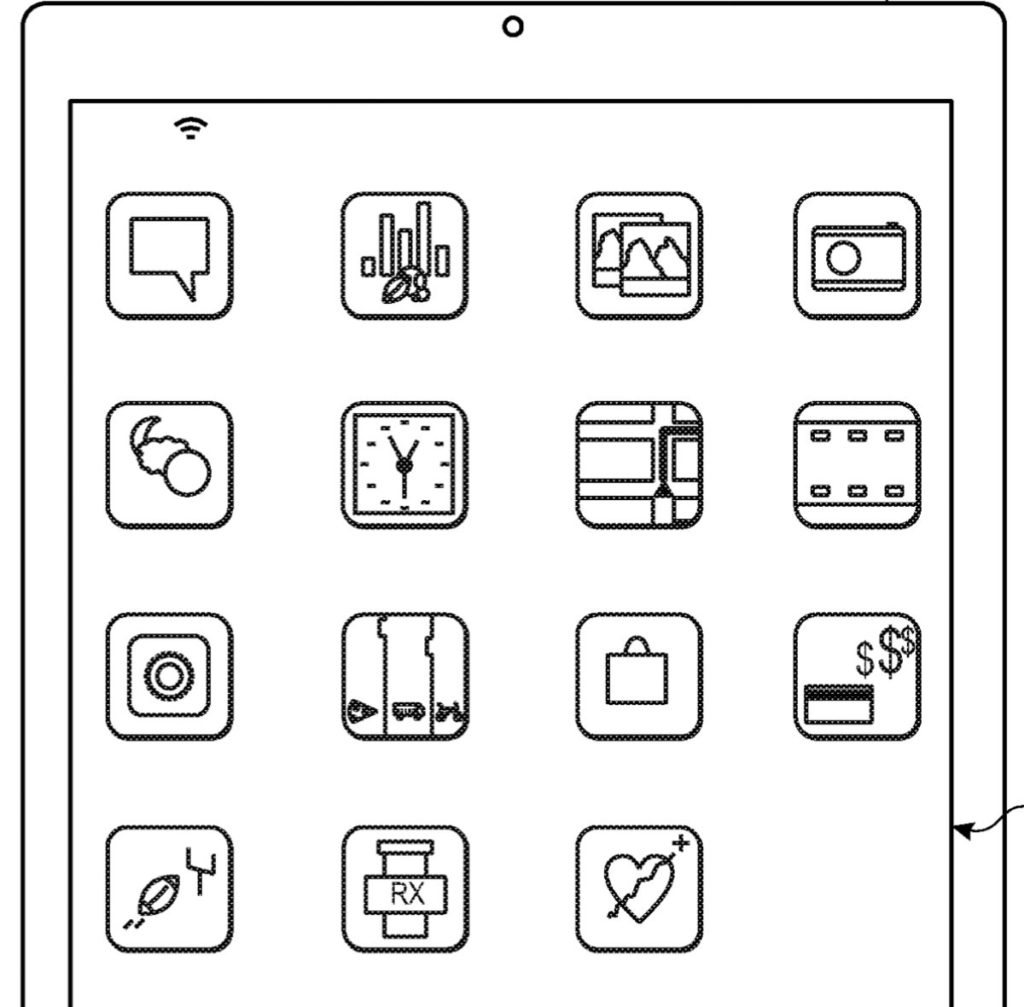Apple has been granted a patent (number 11,032,668) for “precise indoor localization and tracking of electronic devices.” It would allow your Mac, Apple Watch, and iPad, as well as your iPhone, to locate missing items. Well, as long as they’re indoors.
The invention could use Apple’s well-received AirTags tracking devices, as well as other features. The tech giant says that the use of mobile and wearable electronic devices and in-home wireless electronic devices has boomed. So has the demand for location-based services using the mobile and wearable electronic devices and in-home wireless electronic devices.
Issues that need to be overcome
For example, in outside environments (e.g., outdoor environments), mobile and wearable electronic devices may employ global positioning systems (GPS) systems to provide location and navigation data wherever an unobstructed line of sight (LoS) channel is available between a number of GPS space satellites and the mobile and wearable electronic devices.
However, due to the requirement of the unobstructed LoS channels between GPS space satellites and the mobile and wearable electronic devices, GPS can’t provide accurate location and navigation data for indoor environments.
A number of indoor positioning systems (IPS) have been developed in an attempt to provide at least approximate indoor localization and navigation. However, Apple says that most of them have issues. The company wants to provide methods and devices to improve indoor localization and tracking of wireless electronic devices.
The most obvious solution would be to extend AirTags tracking to devices beyond the iPhone.
The summary of the patent
Here’s the summary of the patent: “Methods and devices useful in performing precise indoor localization and tracking are provided. By way of example, a method includes locating and tracking, via a first wireless electronic device, a plurality of other wireless electronic devices within an indoor environment.
“The method also includes performing front-back detection, performing stationary node detection, performing angle of arrival (AoA) error correction, and performing field of view (FOV) filtering. Performing indoor localization and tracking of the plurality of other wireless electronic devices includes providing an indication of a physical location of the plurality of other wireless electronic devices within the indoor environment.”
Article provided with permission from AppleWorld.Today

